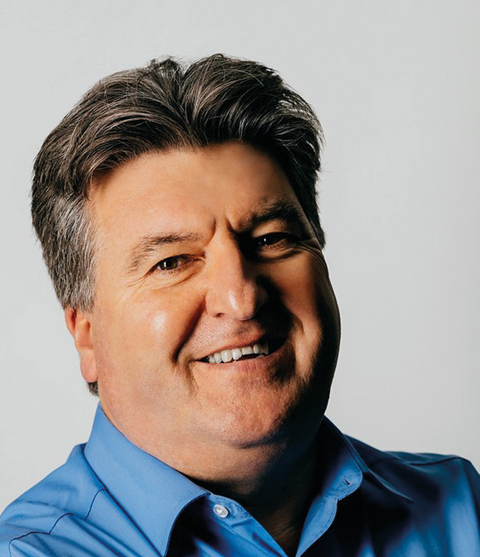
As the world’s leading technology centre, Silicon Valley is brimming with innovation – not just from a hardware or software point of view, but in terms of how it solves problems. One example of this is “design sprints”, a five-day process developed by former Google executive Jake Knapp, which sees team members come together to answer critical business questions through design, prototyping, and testing ideas.
At ArrowXL we use this model to improve our operations, most recently regarding reverse logistics. Late last year, a 15-strong team of colleagues from product development, hub operations, client management, the claims division and IT, identified 50 pain-points across our returns processes. They were prioritised (by way of ‘dot voting’) into seven areas before the team unpicked any problems and created solutions. This included: deploying a resource flex model that allows the operations team to resource more efficiently according to volumes; redesigning the company’s cancellation process so colleagues didn’t have to spend three hours a day sorting labels by client and piece every day; optimising manifest creation; the formation of a new returns dashboard in the company’s reporting tool; and enhanced communication channels to reduce backlog in the warehouse.
I’m proud to report that this design sprint and the subsequent solutions have led to significant benefits. While the
volume of returns in the two-person market has increased 40% over recent years, the sprint avoided additional costs
and improved cost per unit to approximately £333,000. As part of this, efficiency across two of our sites have improved by 30%, with a third site improving by 19%. We have also witnessed a 43% reduction in claims from a major client due to reduced errors when sending returns back. Finally, our key KPI items per warehouse hour has
improved at all three sites (Droitwich, 2.4% to 3.2%; Enfield, 3.6% to 4.2%; Wigan, 4.7% to 6.2%).
It can often be difficult for large organisations to introduce new methods of working, but by being more flexible and receptive to innovative techniques – and most importantly, by giving teams from different departments the opportunity to contribute on an even footing – you can reap the rewards.
Got something to say?
If you would like to contribute to MT’s Viewpoint,














